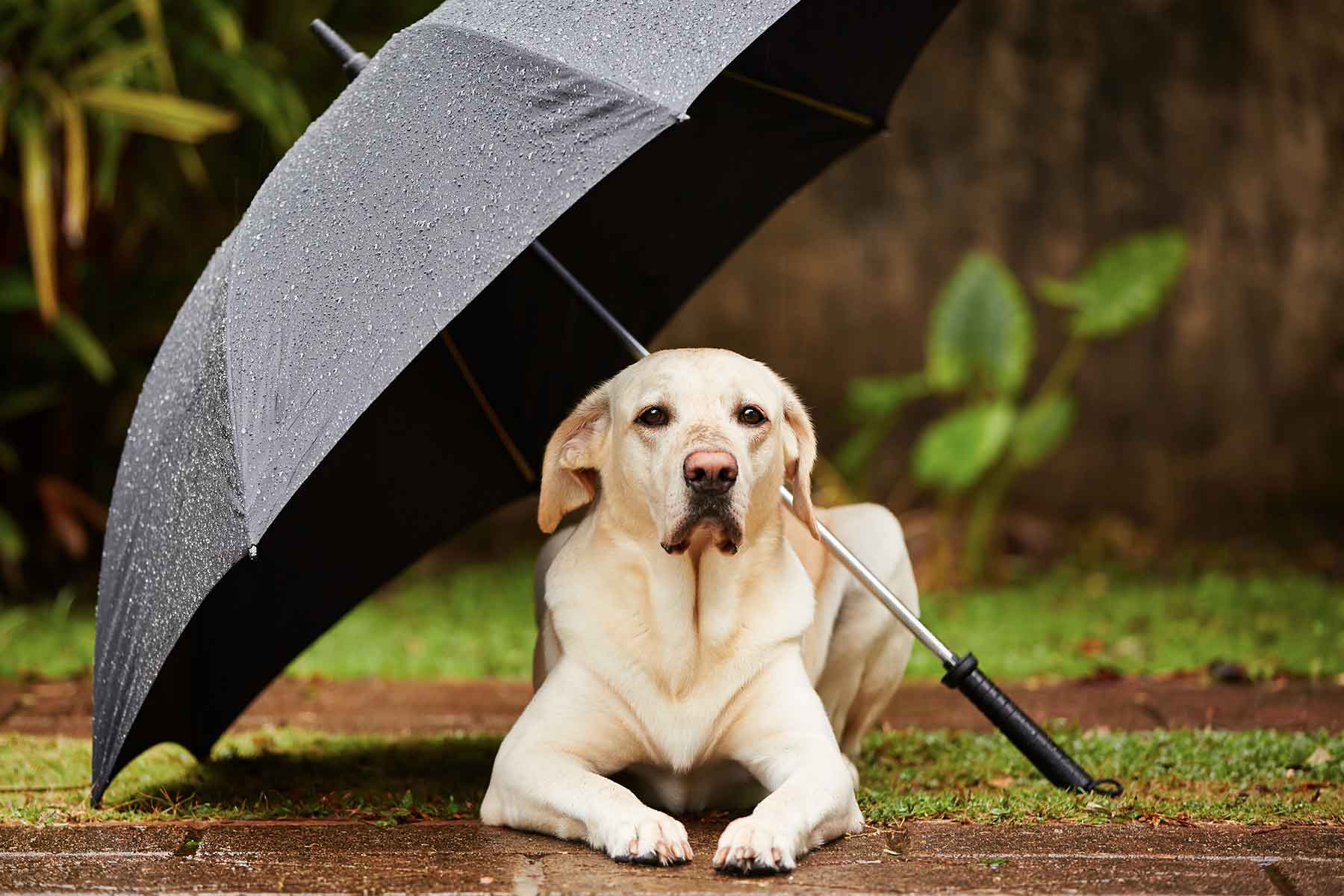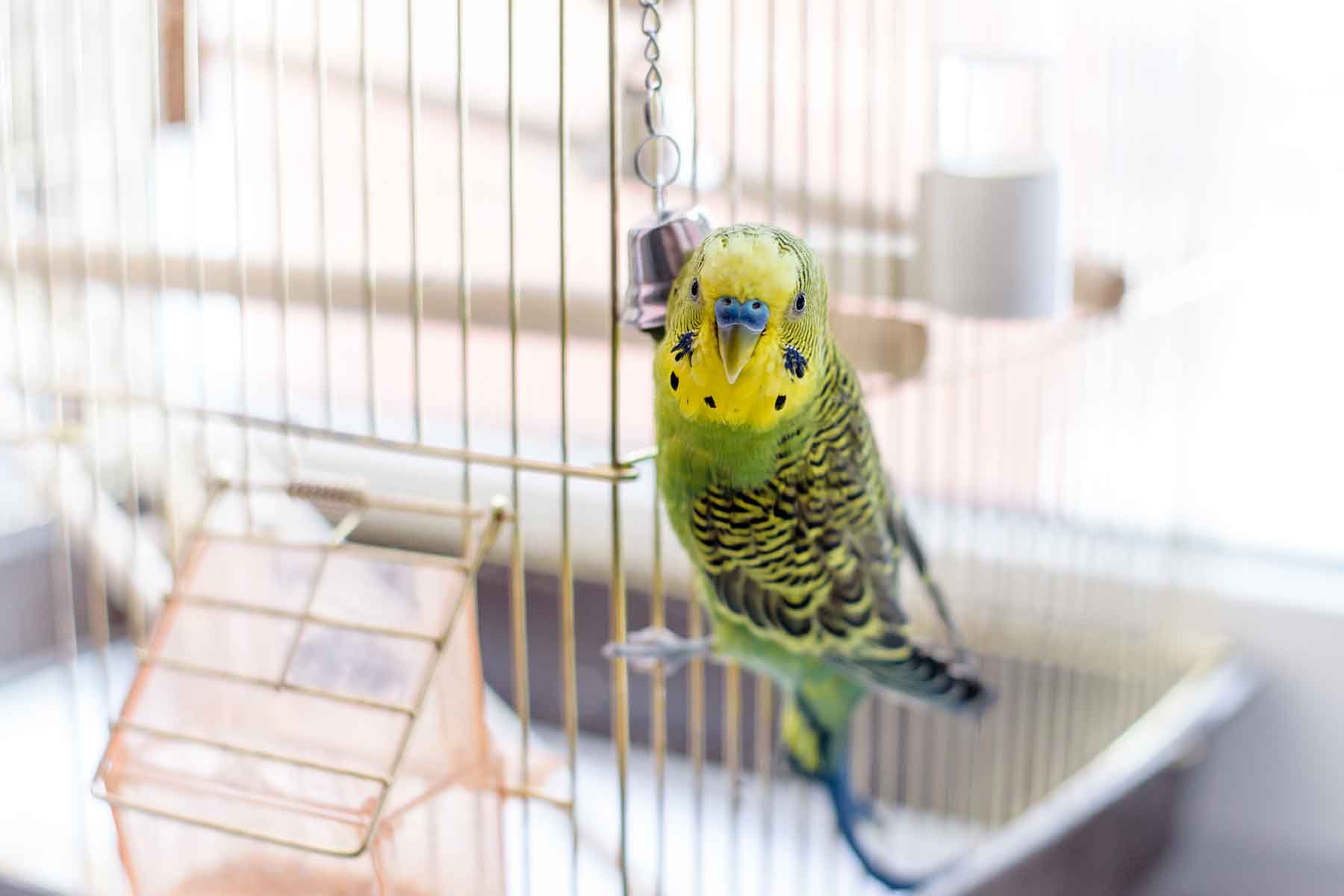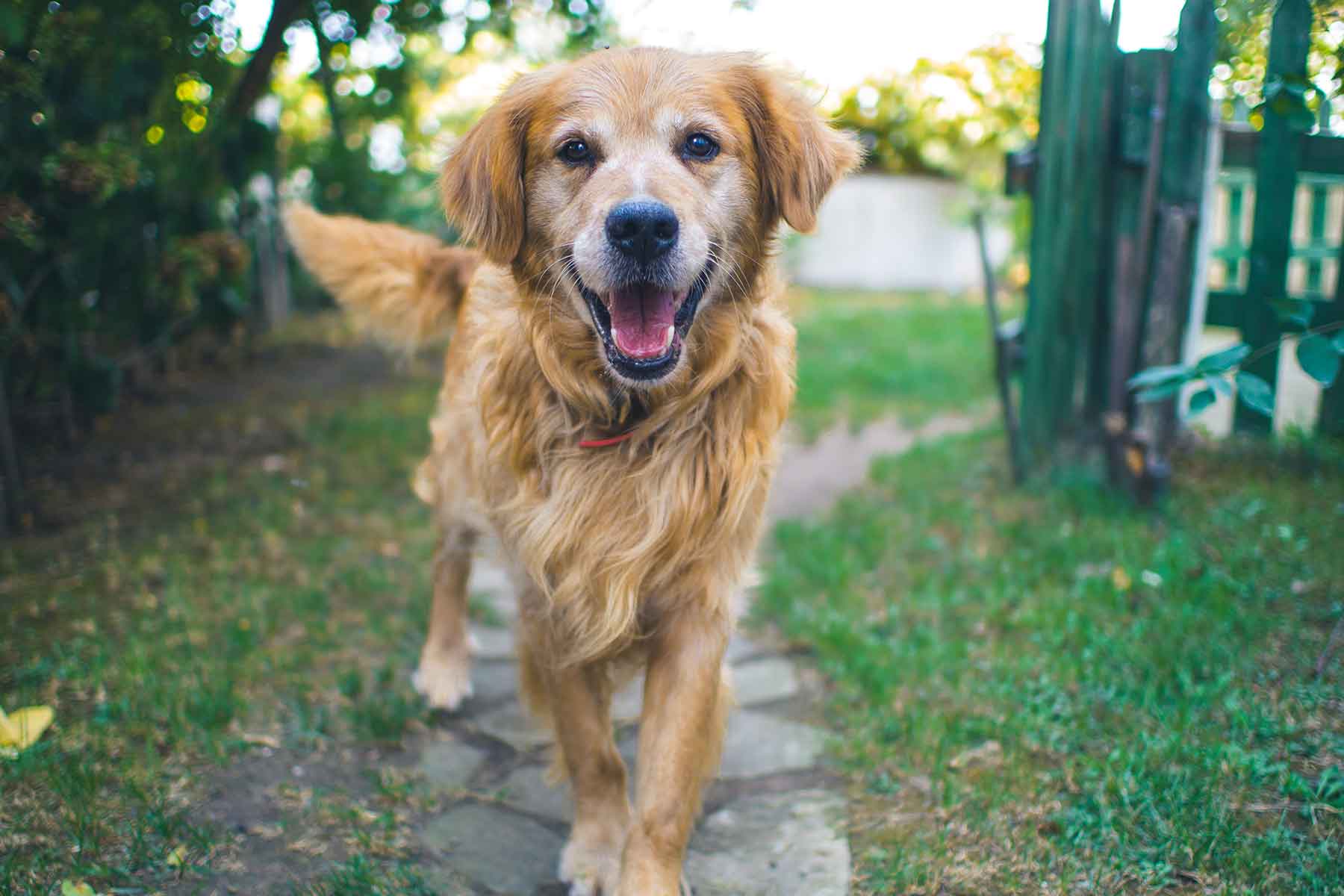Transporting your pet requires planning and organisation well in advance of your intended departure date. This information is intended to assist you in planning for a safe and stress free trip.
Important things you should think about when travelling with your pet
Transporting your pet requires planning and organisation well in advance of your intended departure date. This information is intended to assist you in planning for a safe and stress free trip.
About your pet
Your pet must be medically fit to travel. If you are uncertain of our pets health, then a veterinary examination is recommended. At this time you can also discuss with your veterinarian any specific medical issues or threats that may exist in the area that you are travelling in. For example paraylsis tick, cane toads, heartworm and so on. Vaccinations must also be current.
To travel on an aircraft your pet must be a minimum of 8 weeks old (fully weaned). Puppies or kittens under 12 weeks of age require a statement from your veterinarian declaring that they are fit to travel.
Also, it is advisable to compile a list of veterinarians at your destination in the event of an emergency.
Identification
Make sure that your pet is identifiable with the aid of a microchip and a pet tag displaying a current phone number.
Anxious pets
Pets that are extremely anxious may require sedation. This can only be supplied by your veterinarian after a complete physical examination. Pets that are not sedated arrive at their destination in much better state than those pets that are sedated according to all the pet travel services.
If your pet is over anxious it may be better to consider arranging a house or pet-sitter at home. Preferably somebody who is familiar to them such as a family member or friend.
Special note for dogs travelling to Tasmania
Dogs travelling to Tasmania require treatment with Praziquantel at a dose rate of 5mg/kg body weight within 14 days prior to entering Tasmania, and a statement confirming the treatment must be signed by your vet.
For more information, visit the Department of Primary Industries, Parks, Water and Environment of Tasmania.
About travel crates
Travel crates must meet the airlines’ standards but in general the following applies:
- large enough for your pet to lie down comfortably, turn around and stand freely
- well ventilated on each side
- side protrusions for handling and packaging are required for international travel only
- identification and positioning labels are usually supplied by the airline
- if your pet is aggressive please mark the crate appropriately
- cage must be nose and paw proof to prevent injury
- provide familiar bedding
- water and food containers are not necessary for domestic travel unless your pet has a medical problem that requires constant provision of food and/or water
Your pet’s departure
Before departure trim your pet’s nails (cats and dogs) to avoid snagging on their travel crate. Do not feed your adult pet for approximately 6-8 hours prior to air travel (i.e. 4-6 hours before leaving home). This will prevent urine or faecal soiling during the journey.
Aim to be at the airport 90 minutes prior to departure time or as advised by your airline.
Pets are placed in the cargo hold which is pressurised, heated and lit.
International air travel
International travel with pets has additional considerations to those listed so far. Pets are required to complete protocols set by the Australian authorities and those of the destination country. These involve examinations, tests and treatments performed by Australian Quarantine Inspection Service accredited veterinarians. As soon as you know you are travelling, contact one of the pet transport services below for further information. You can also search the requirements for your destination using the database provided by AQIS, see below.
To arrange international flights for your pets, we would recommend you use a pet transport service as they have detailed knowledge of the requirements and restrictions.
Important contacts
Pet transport services
- Dog Tainers 9355 4088
- Jet Pets 1300 668 309
Department of Agriculture
- Department of Agriculture 1800 900 090
- Visit Dept Agriculture at http://www.agriculture.gov.au/export/controlled-goods/live-animals/companion to find out the travel requirements for pets travelling to other countries.
- Visit http://www.agriculture.gov.au/cats-dogs to find out the requirements for bringing pets to Australia
Airlines
- Qantas 1300 368 747
- Virgin Blue 13 67 89
Taking your pet overseas
For many pet owners the question of moving a cat or dog overseas is often a question of how I, rather than should I. One important thing to note before leaving is if you intend bringing your pet back to Australia you will be required to follow strict quarantine laws outlined by the Department of Agriculture. On return your pet will be in quarantine for a minimum of 30 days and permits must be organised up to 5 months prior to travel. Visit http://www.agriculture.gov.au/cats-dogs/quarantine-facilities-and-fees. Many other countries have simliar quarantine laws, so check with the authorities at your destination location as soon as possible.
Traveller’s checklist
Click here to download the traveller’s checklist to help you to prepare for your pet travelling requirement.











